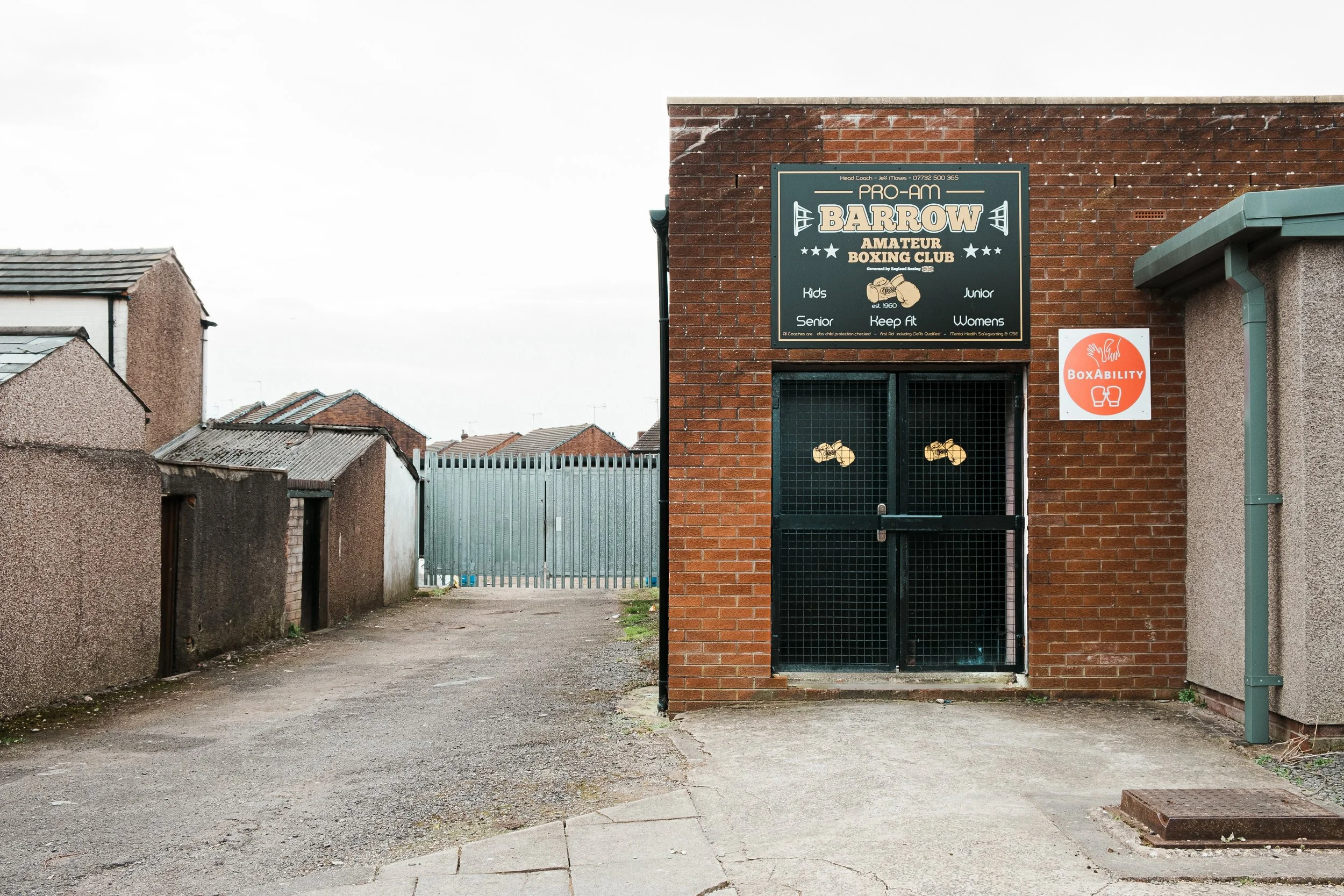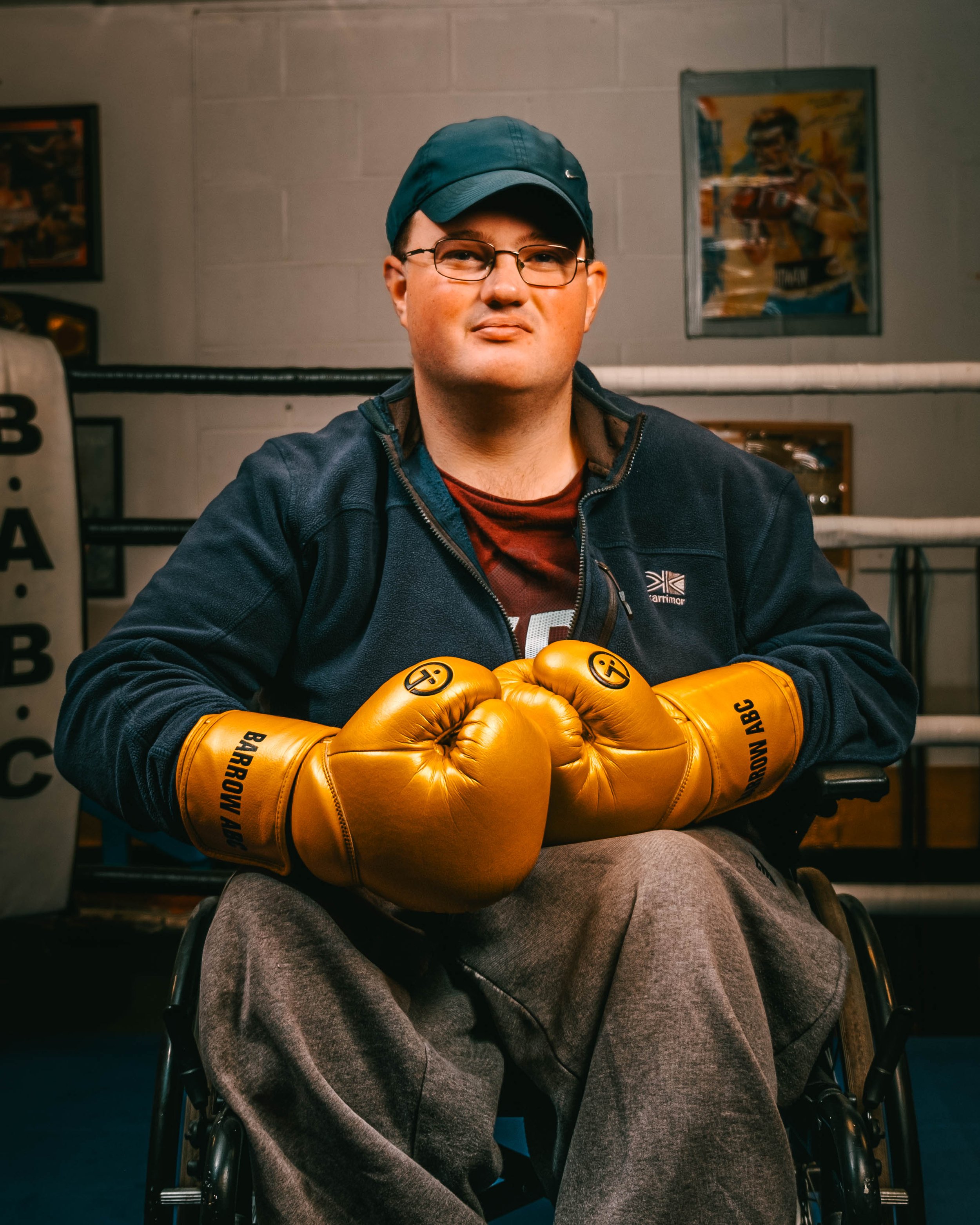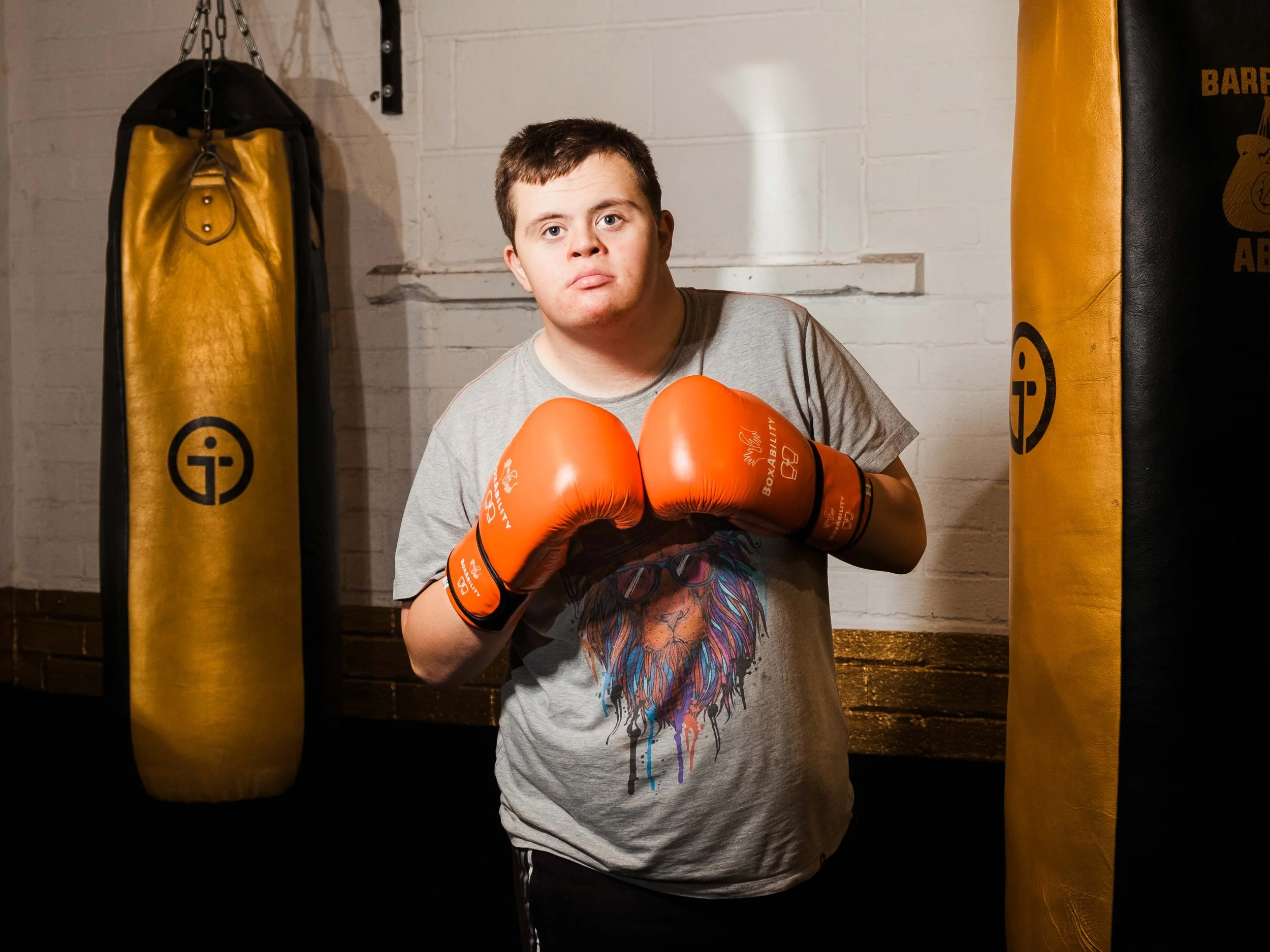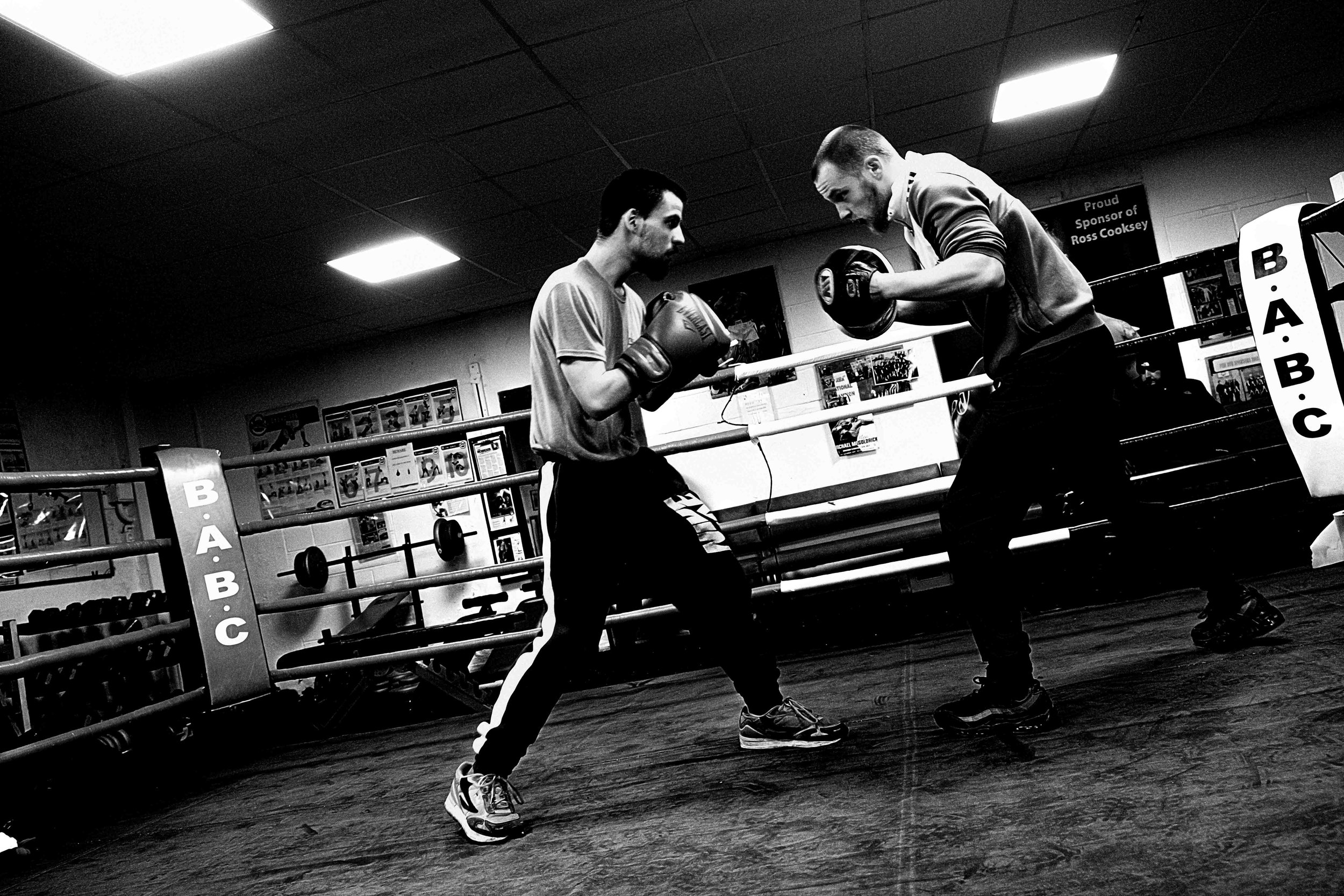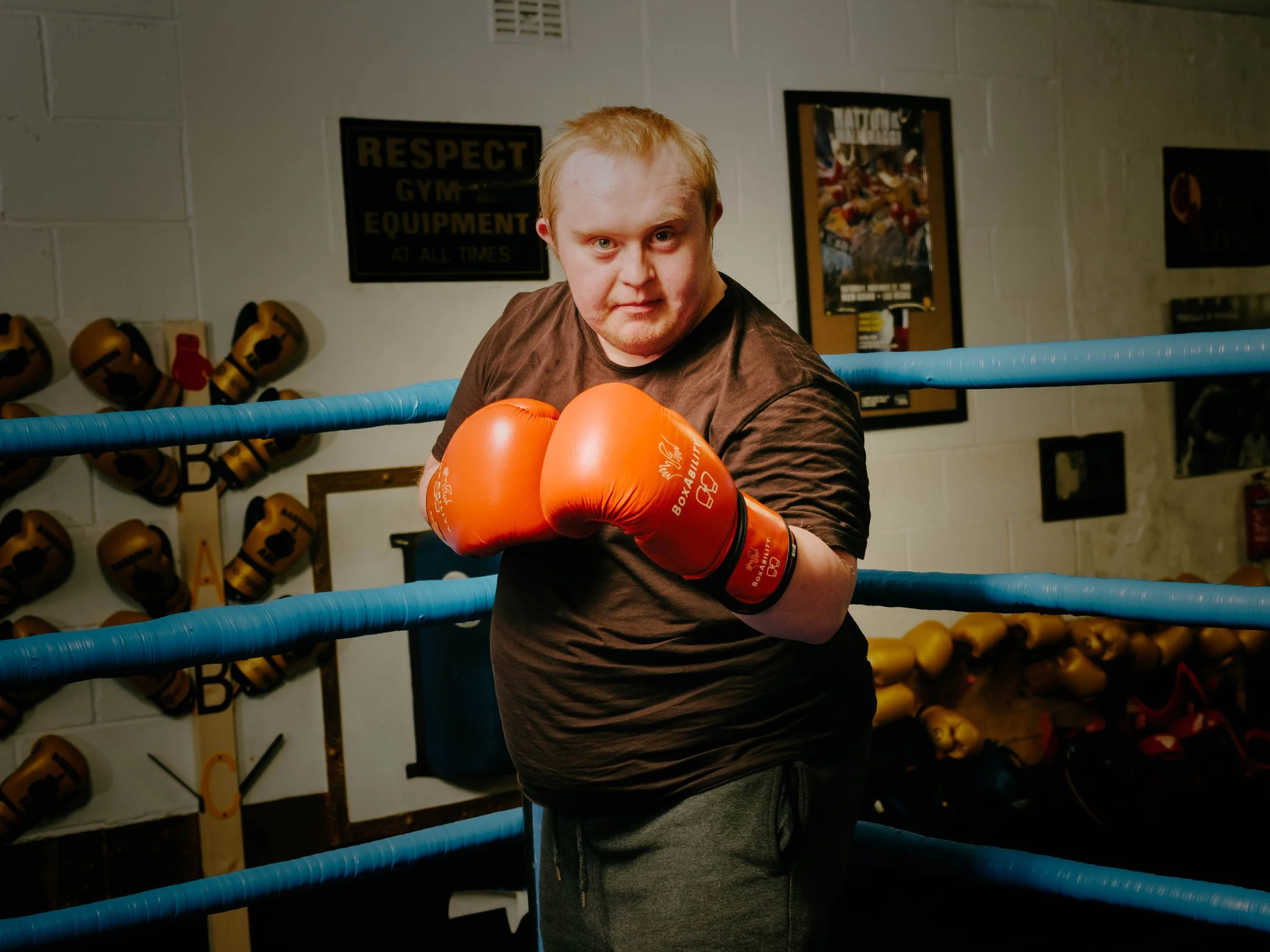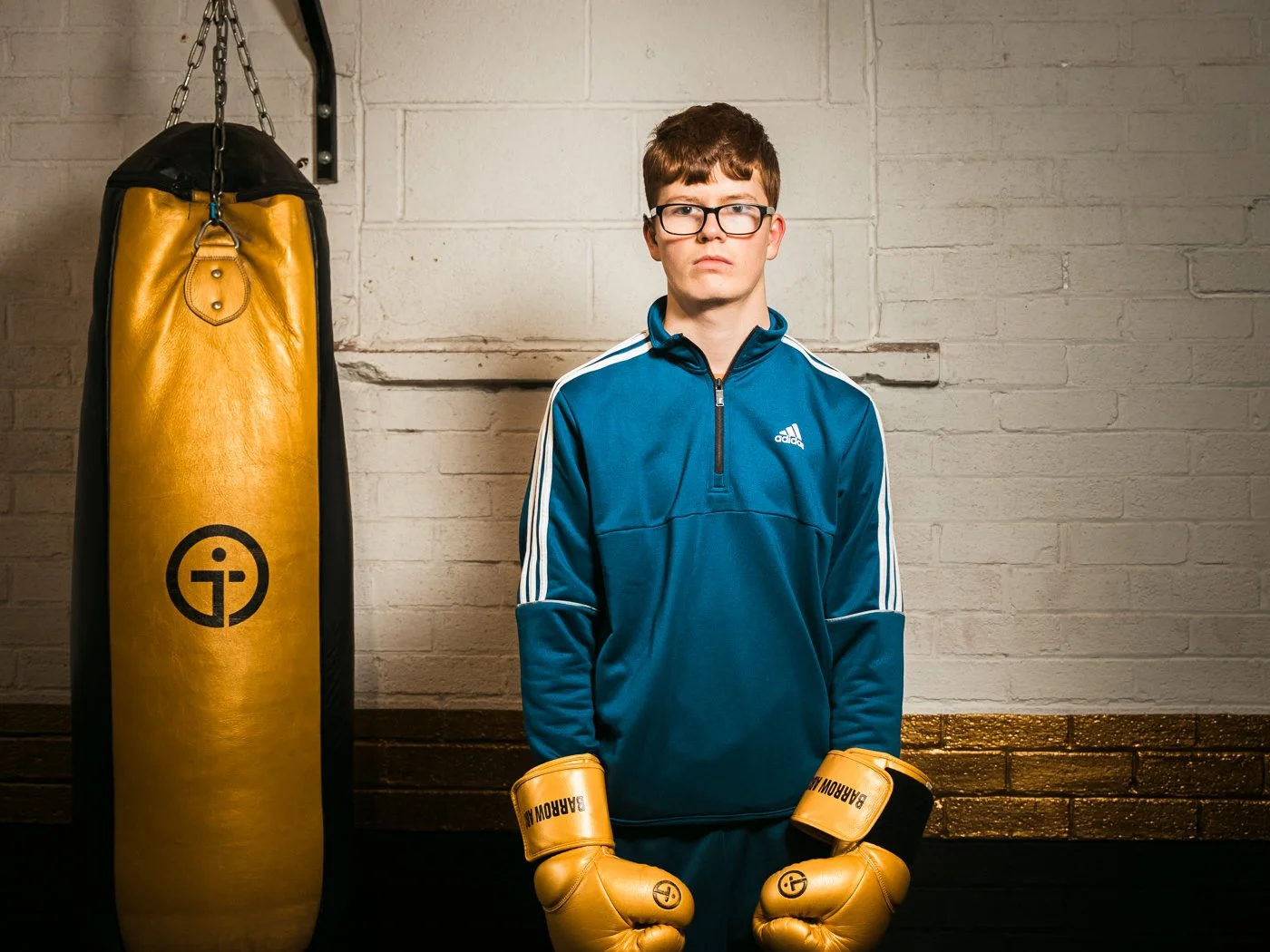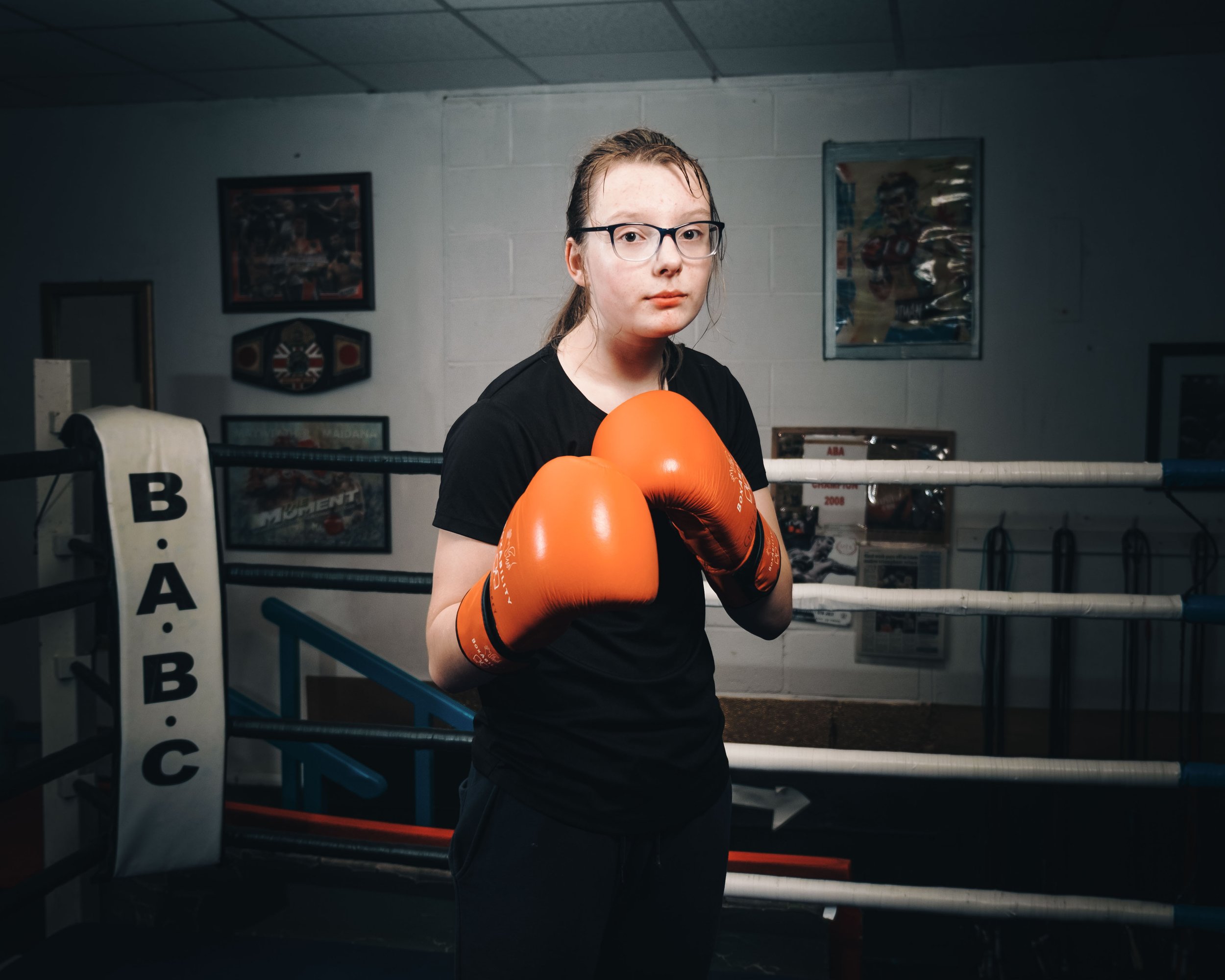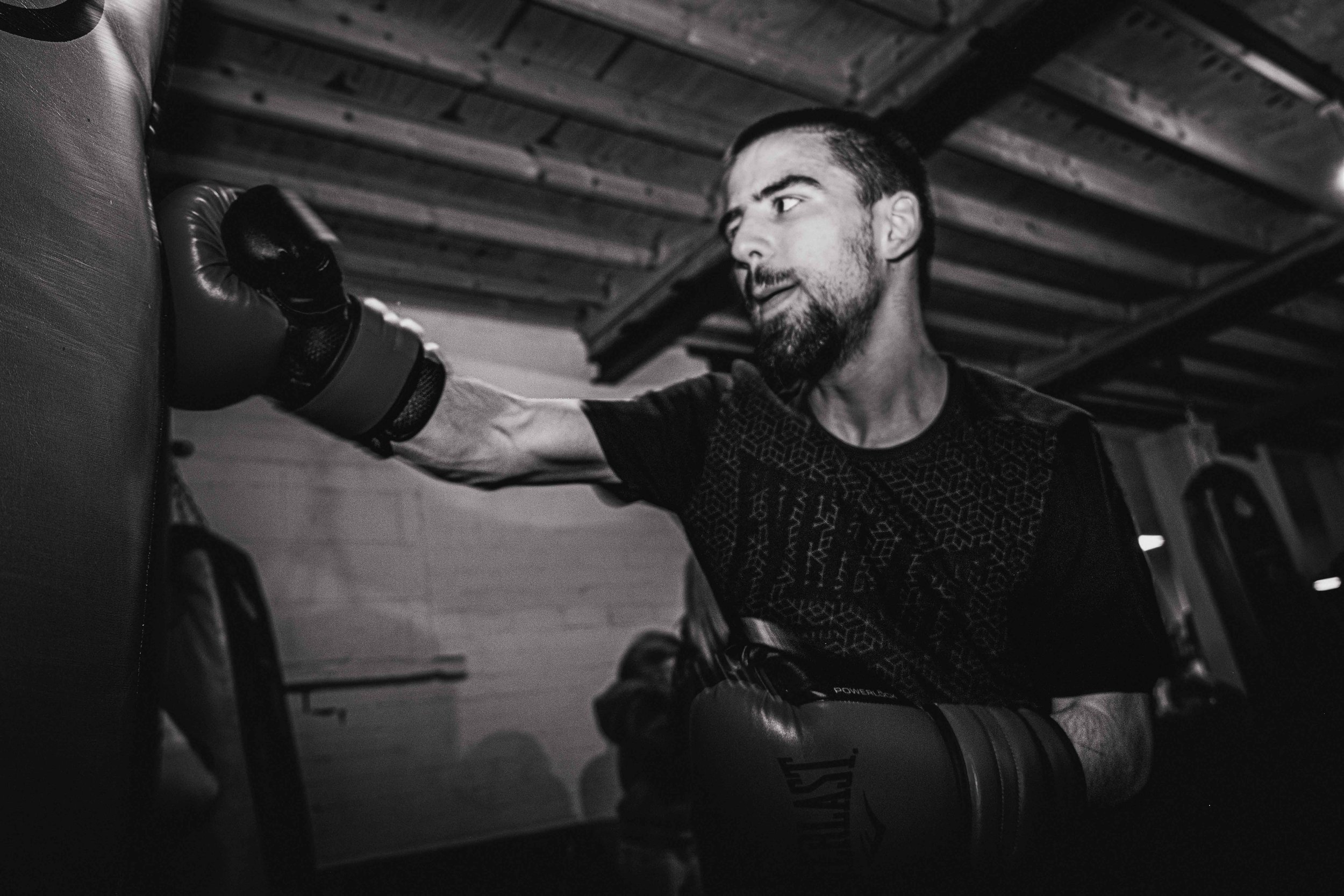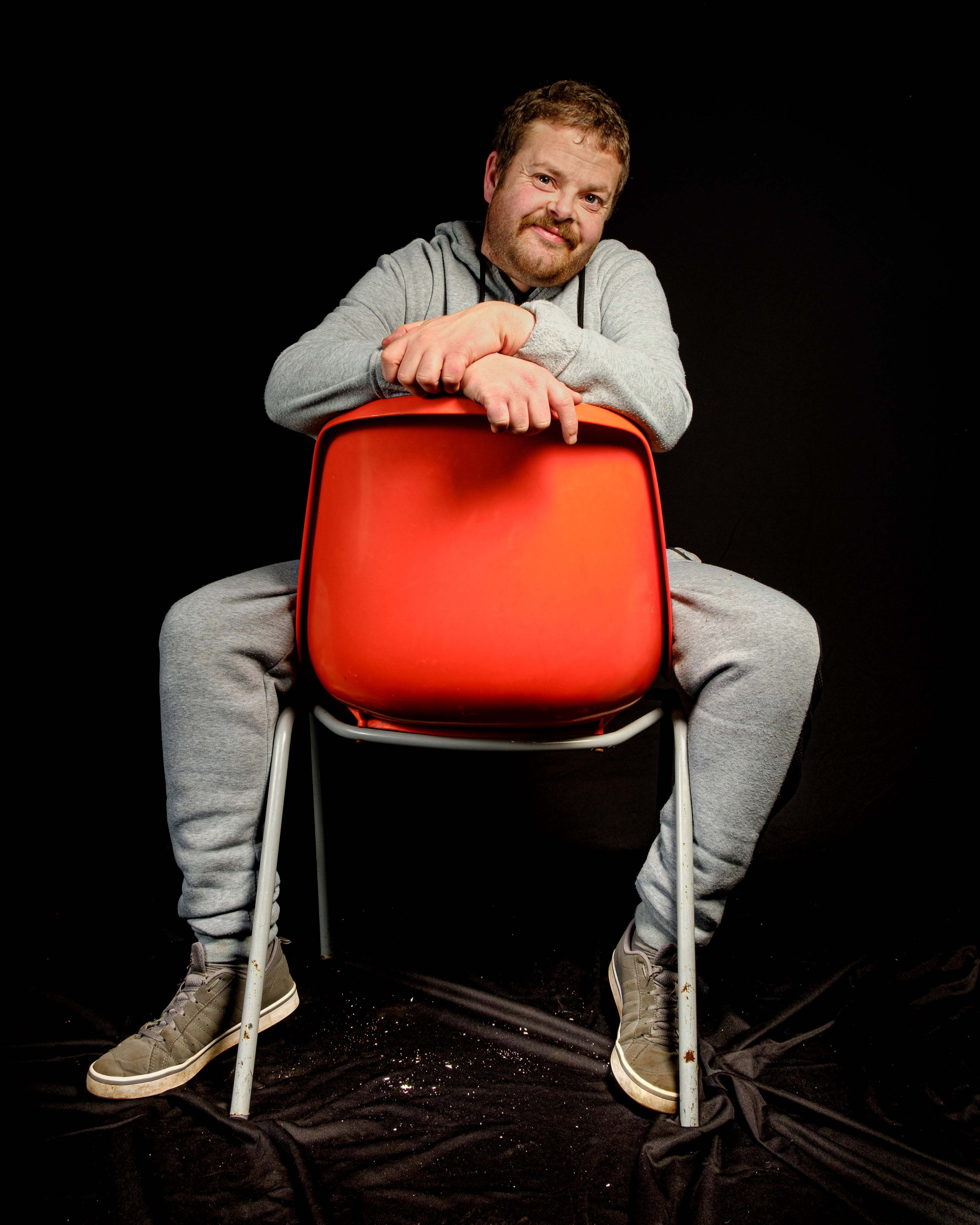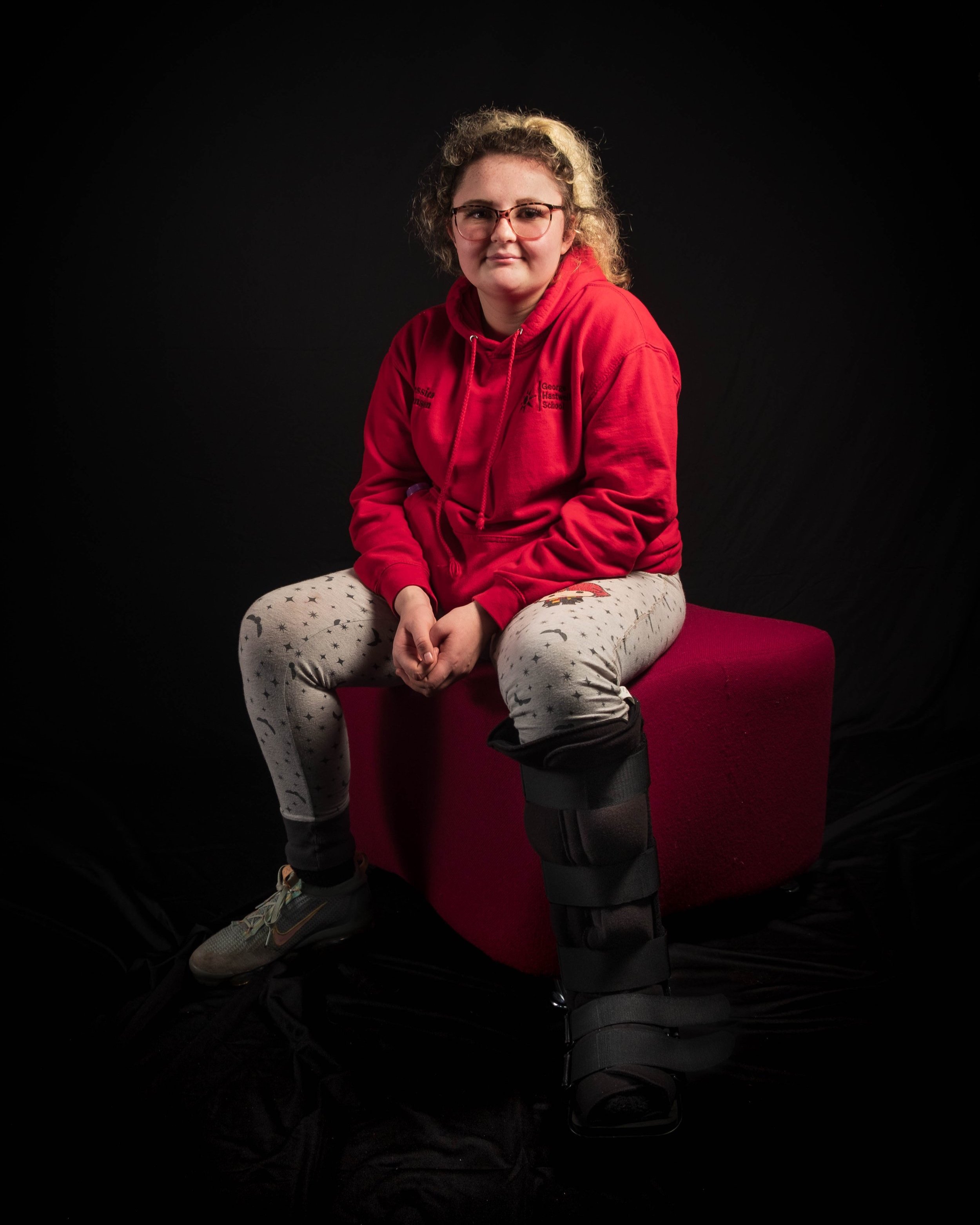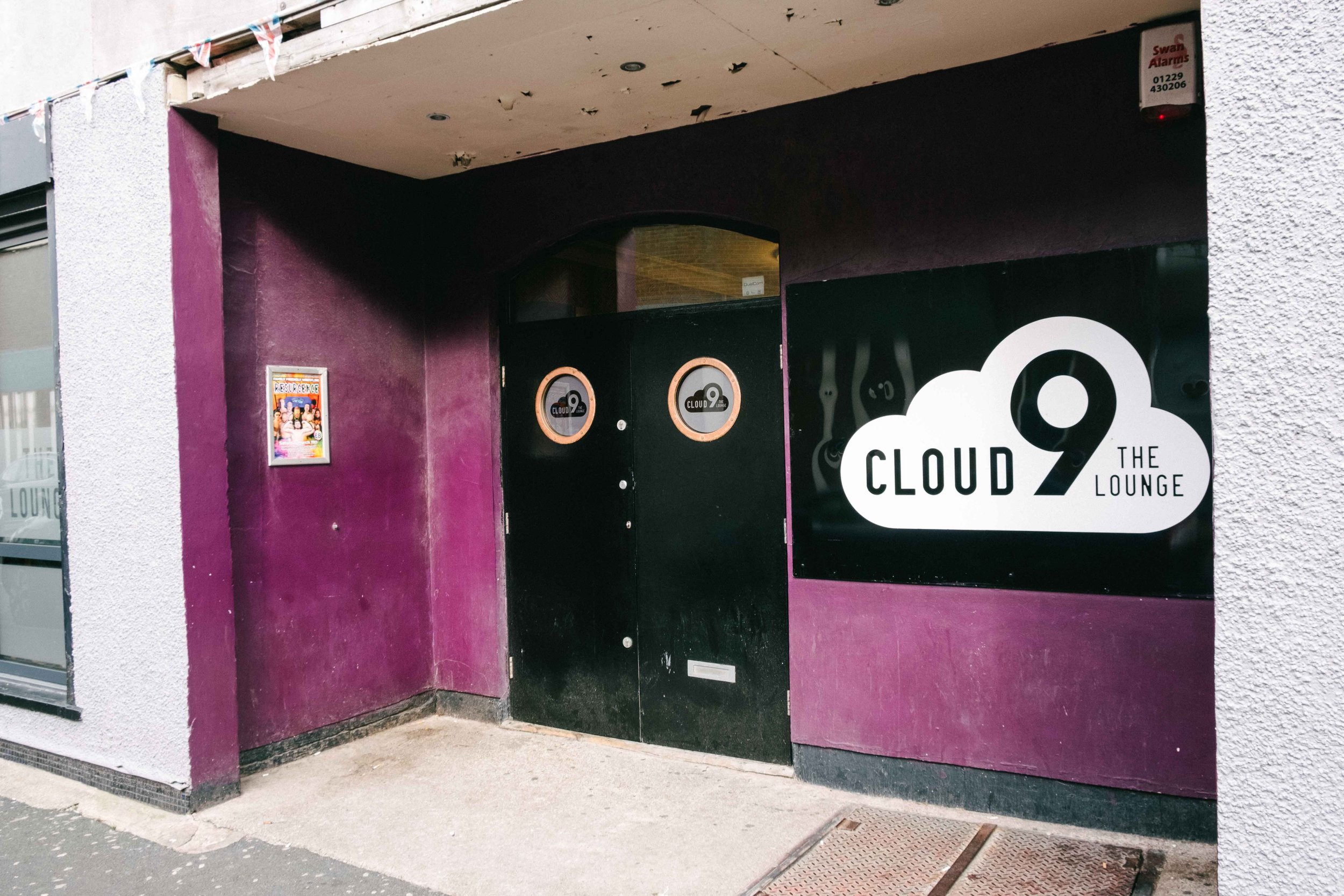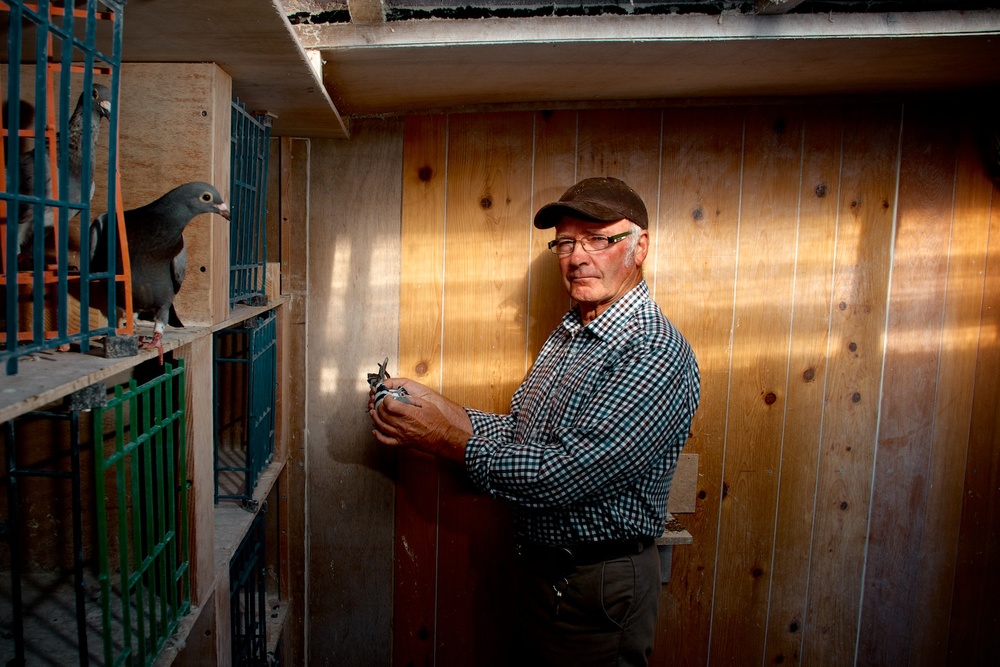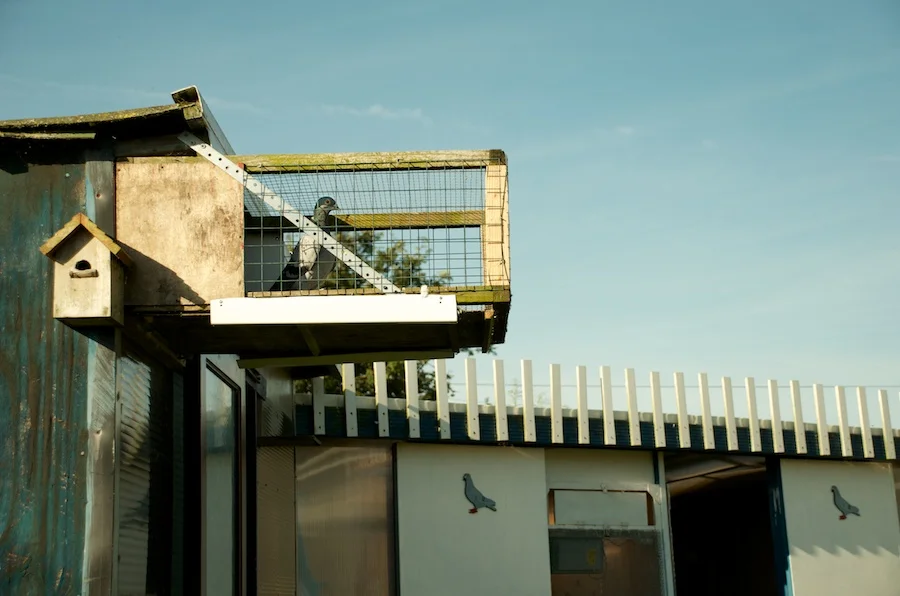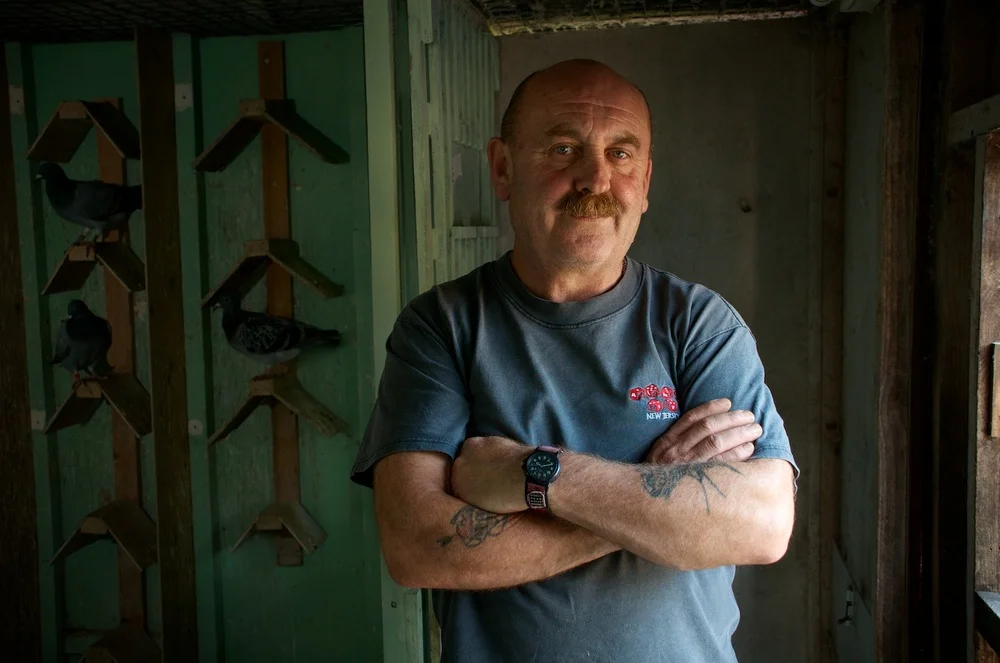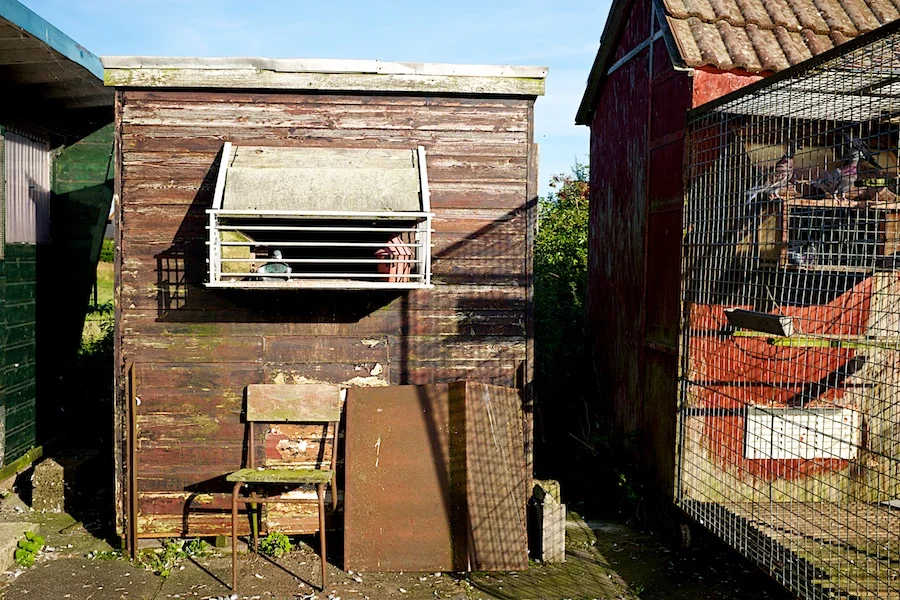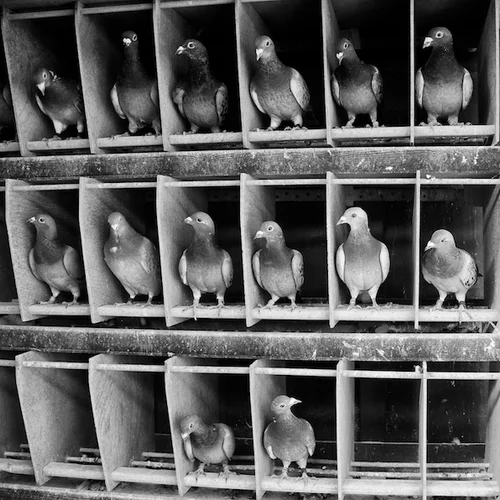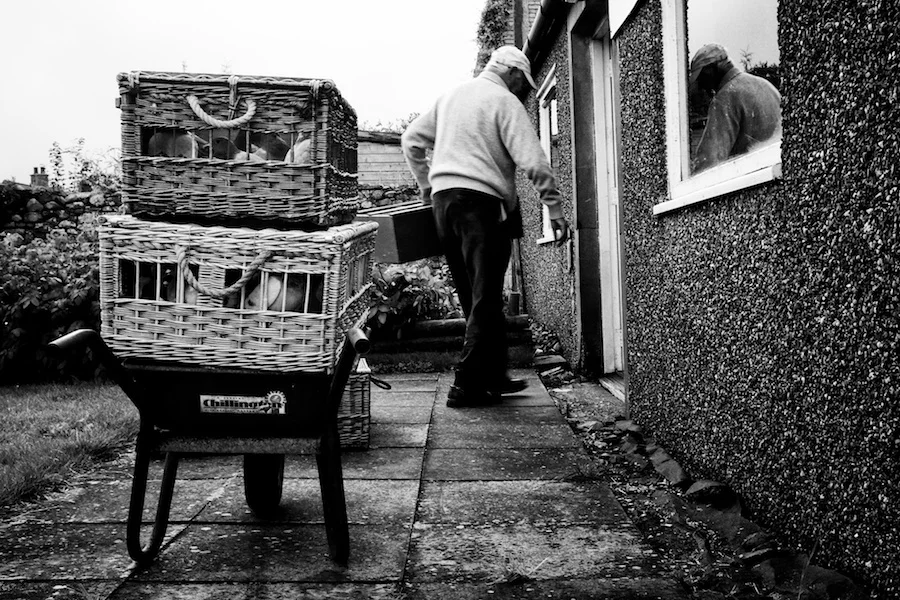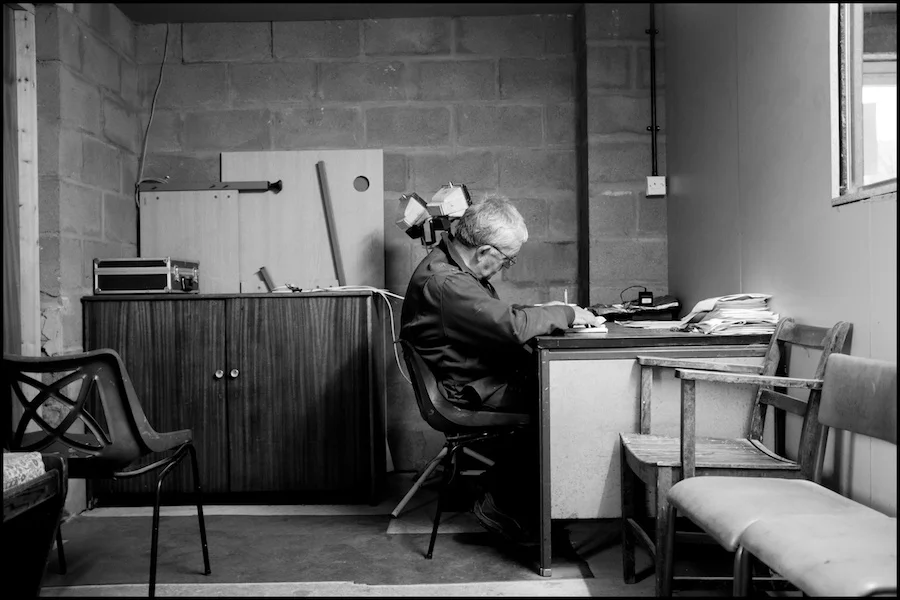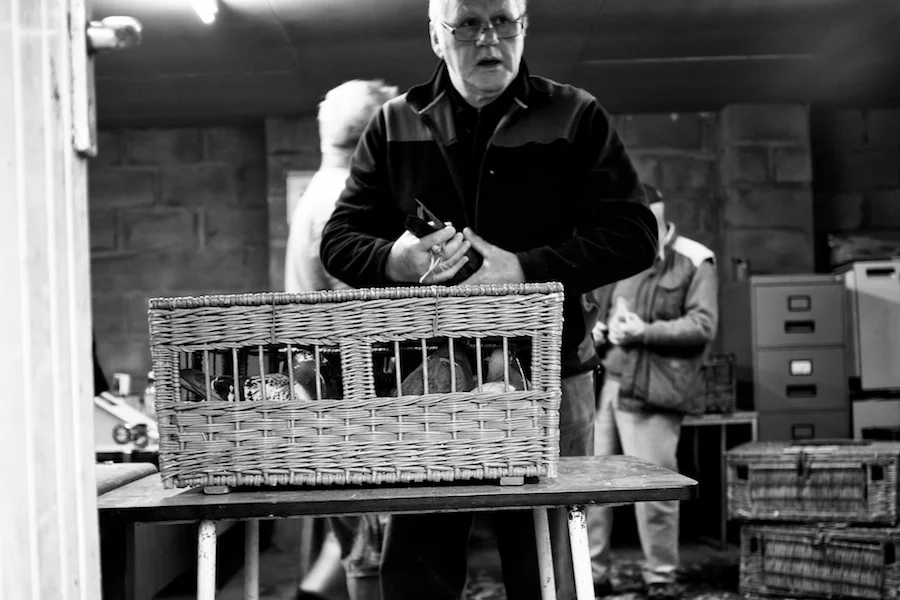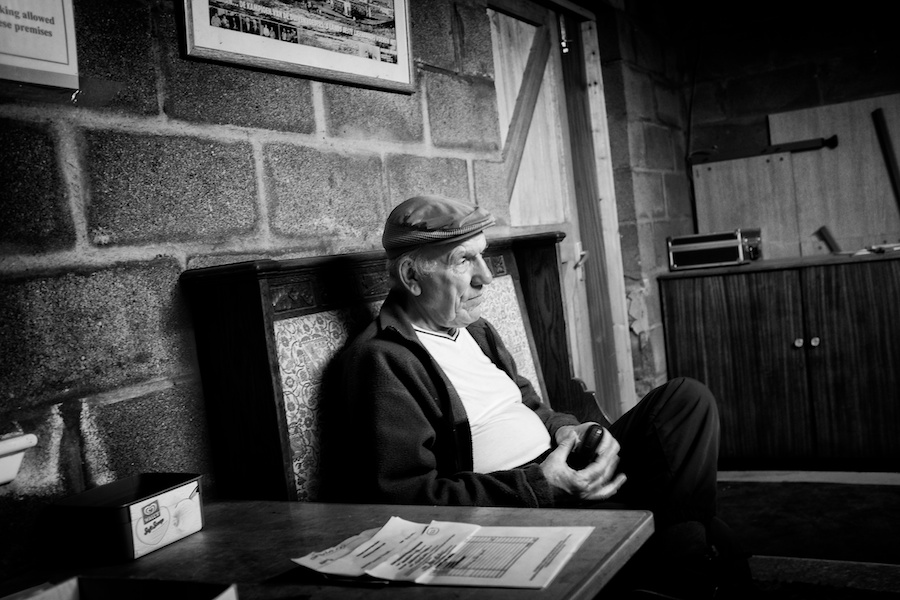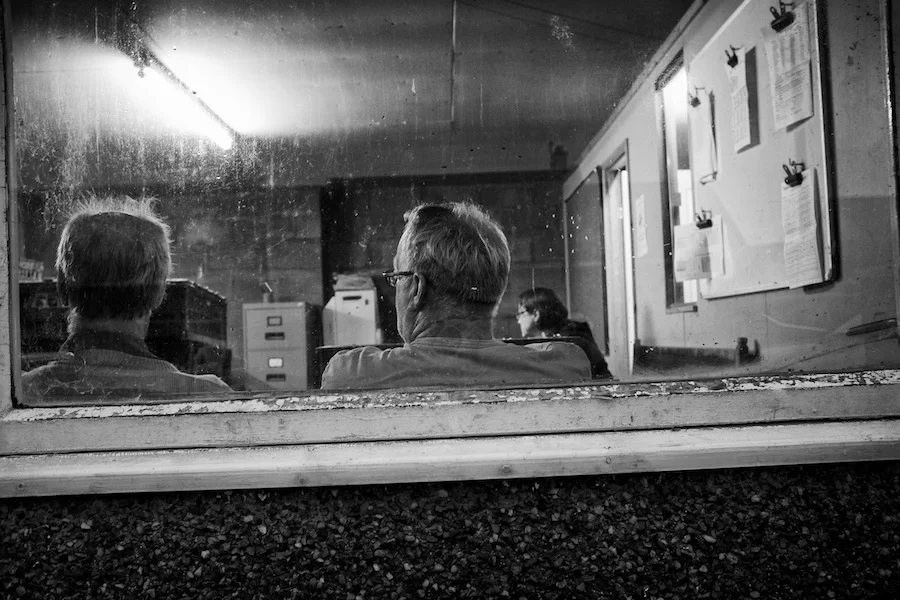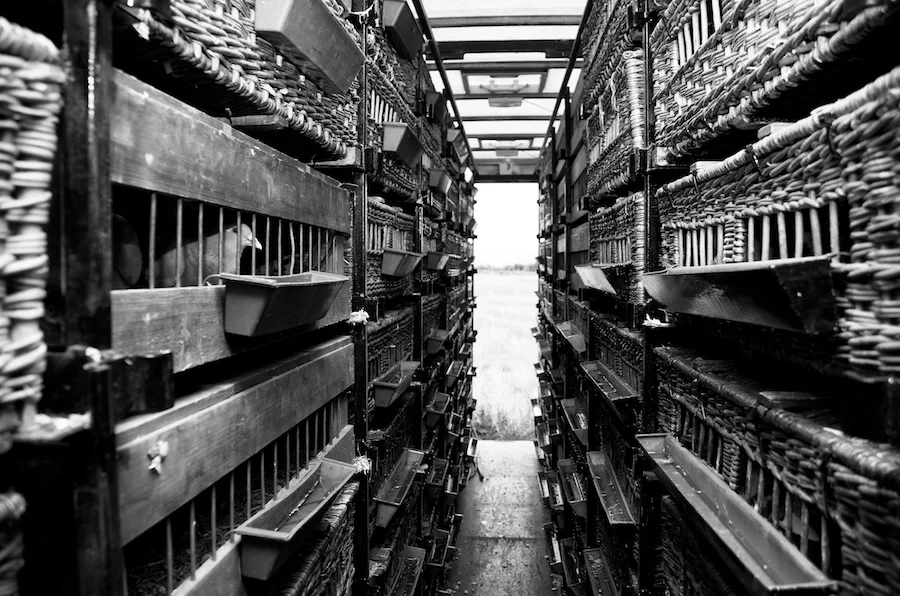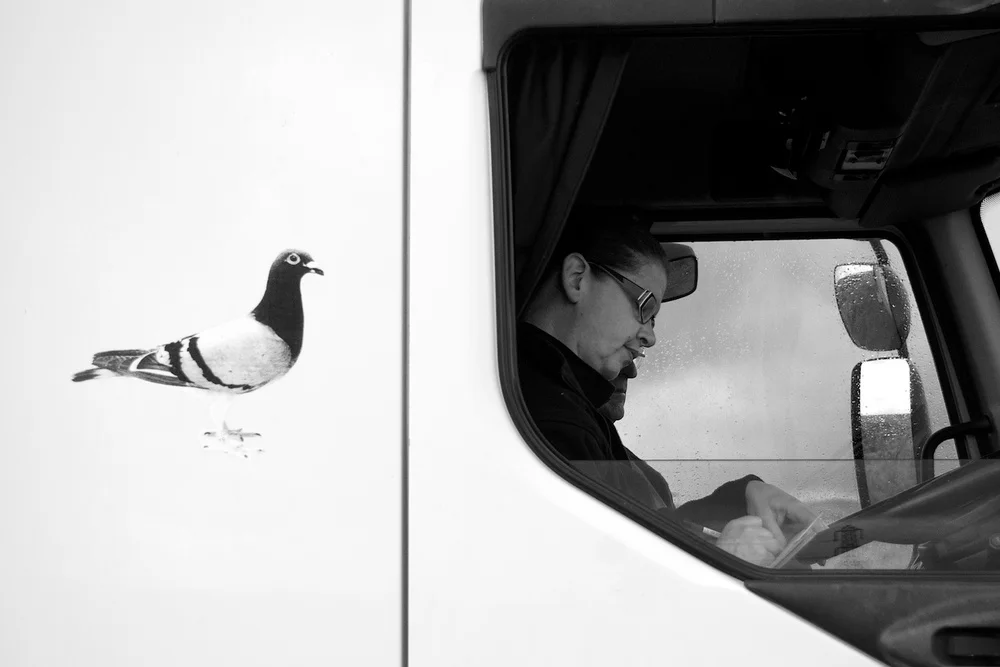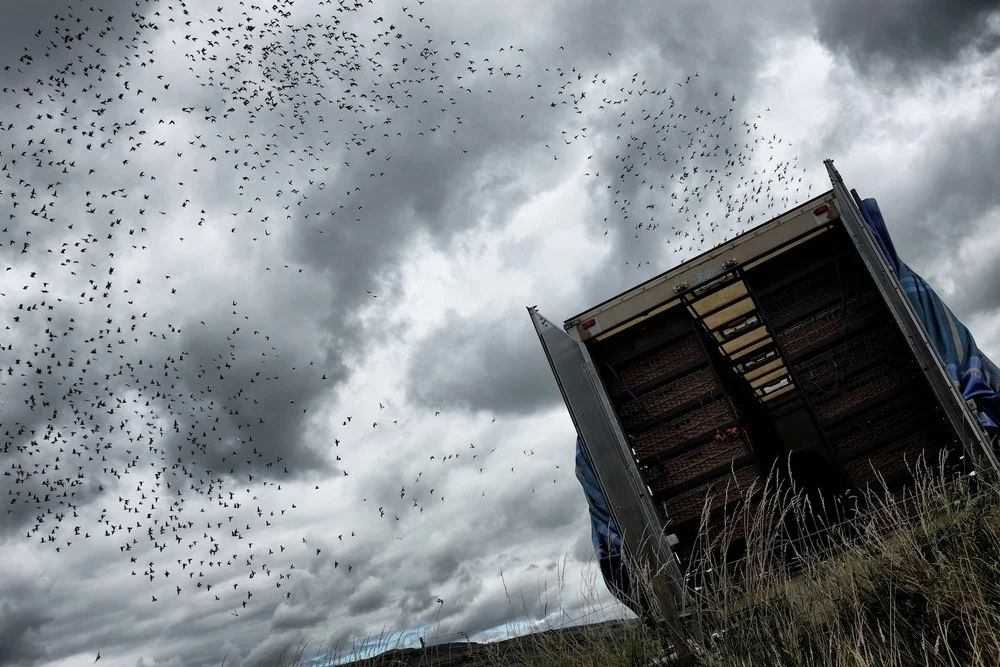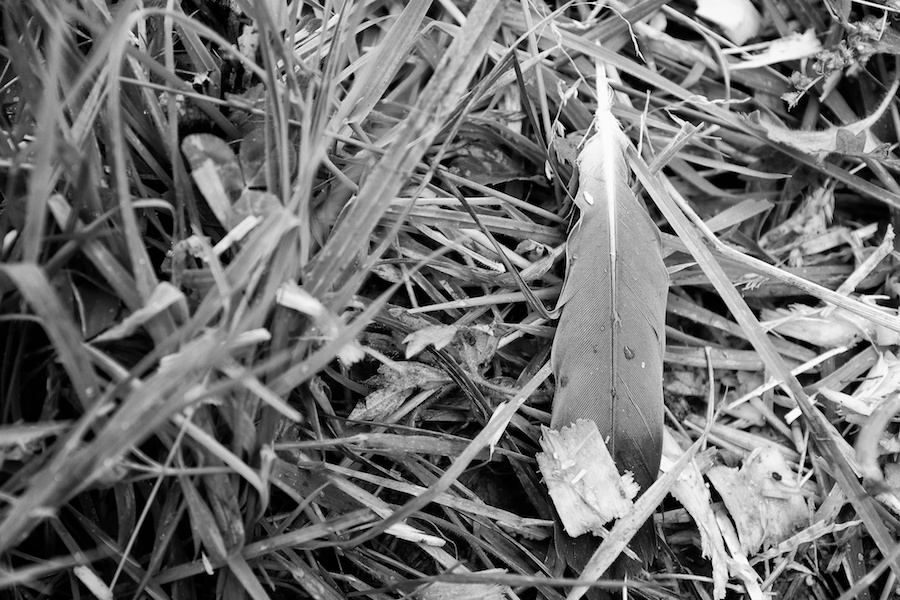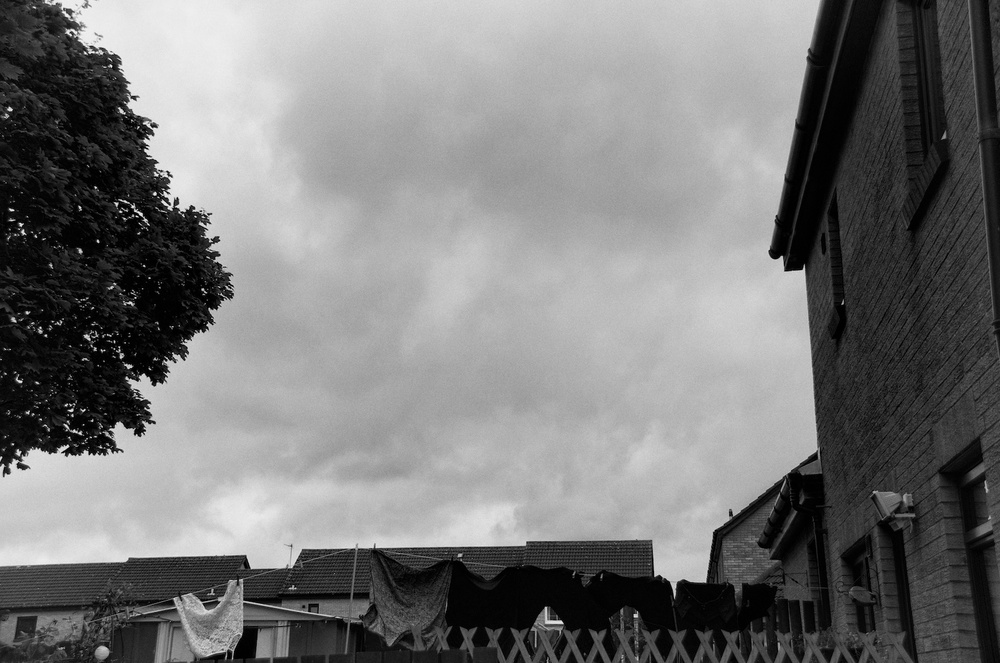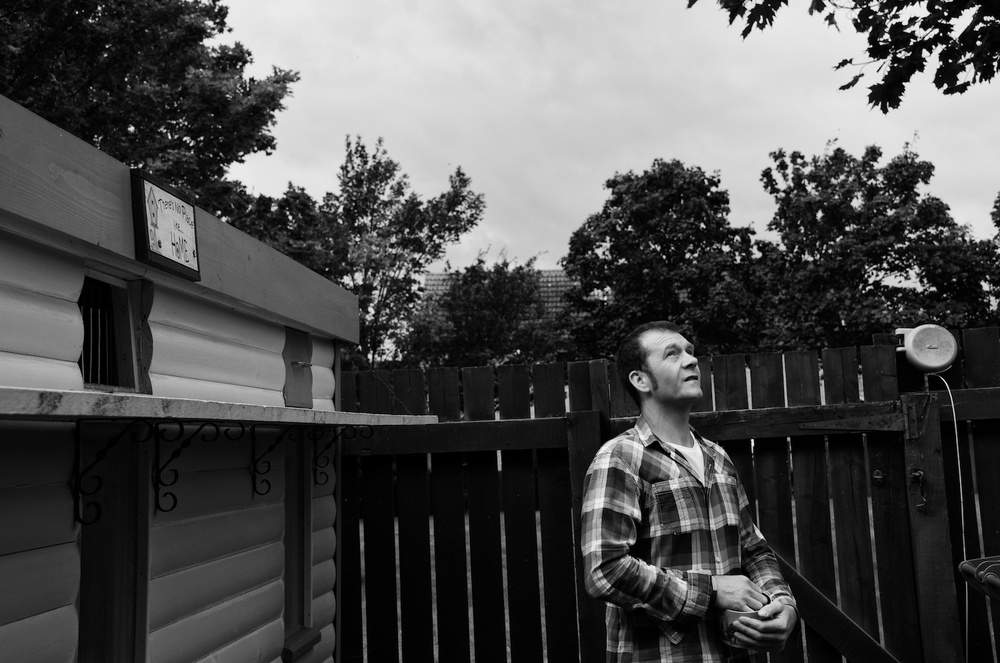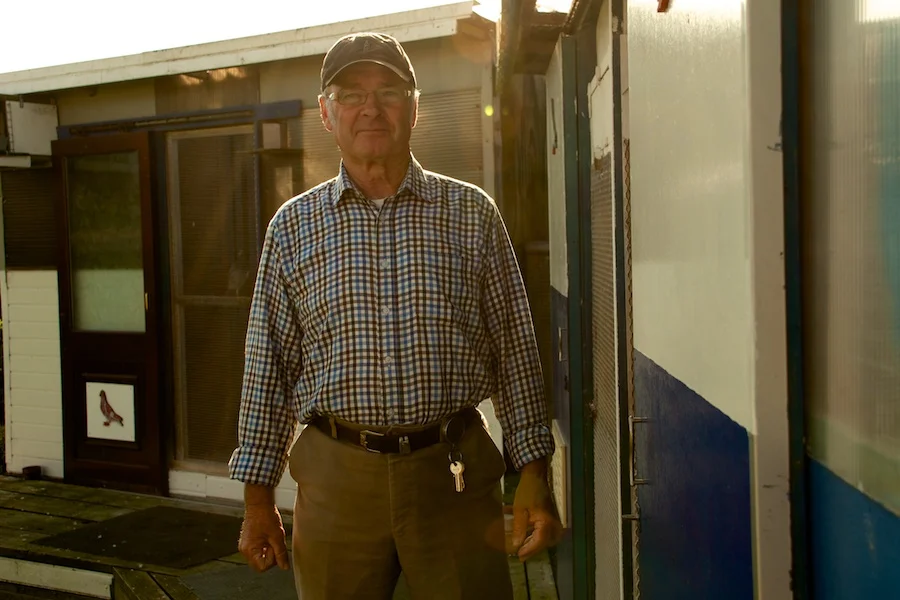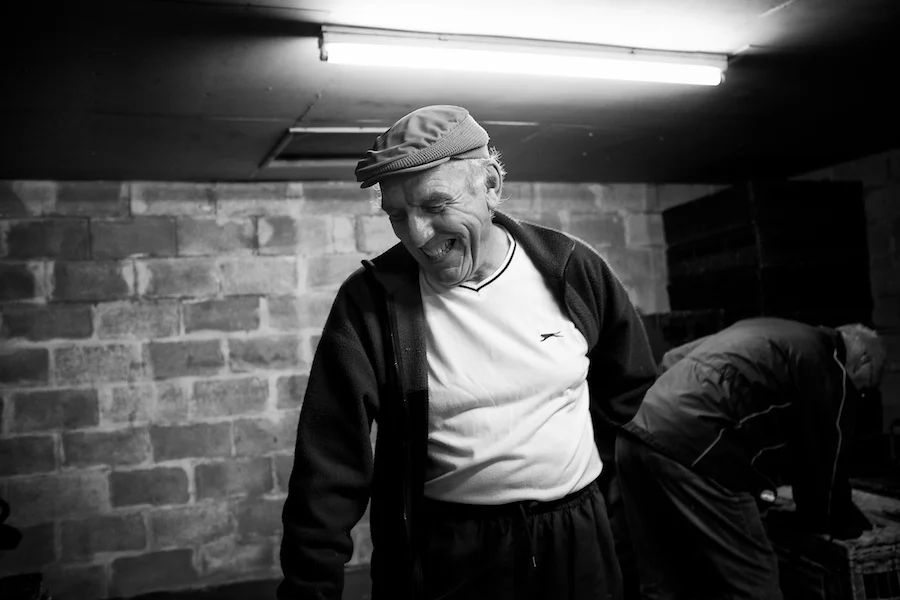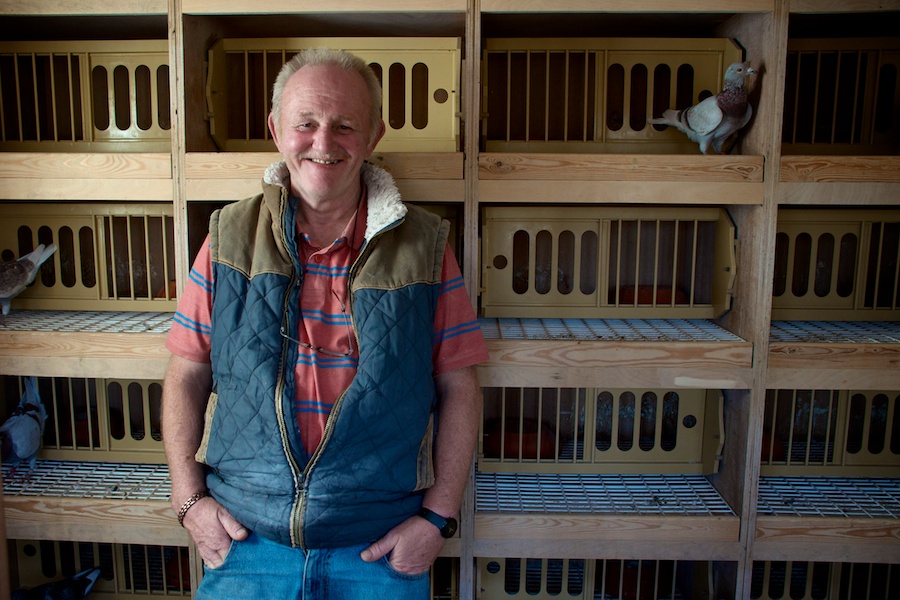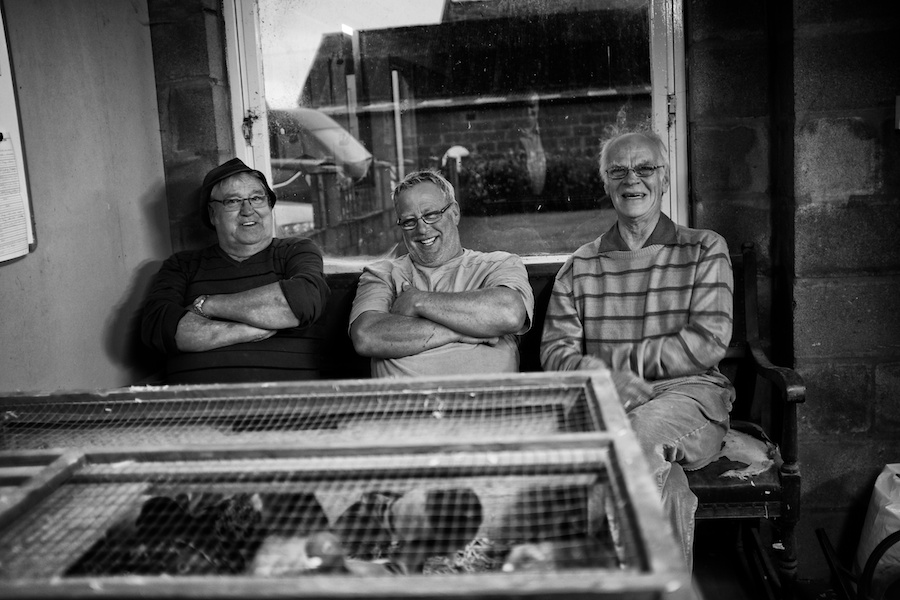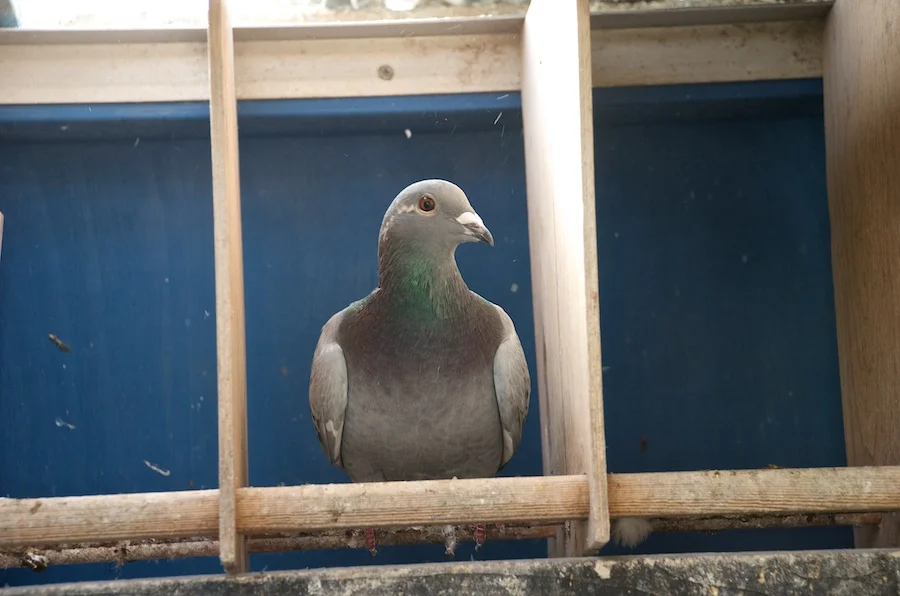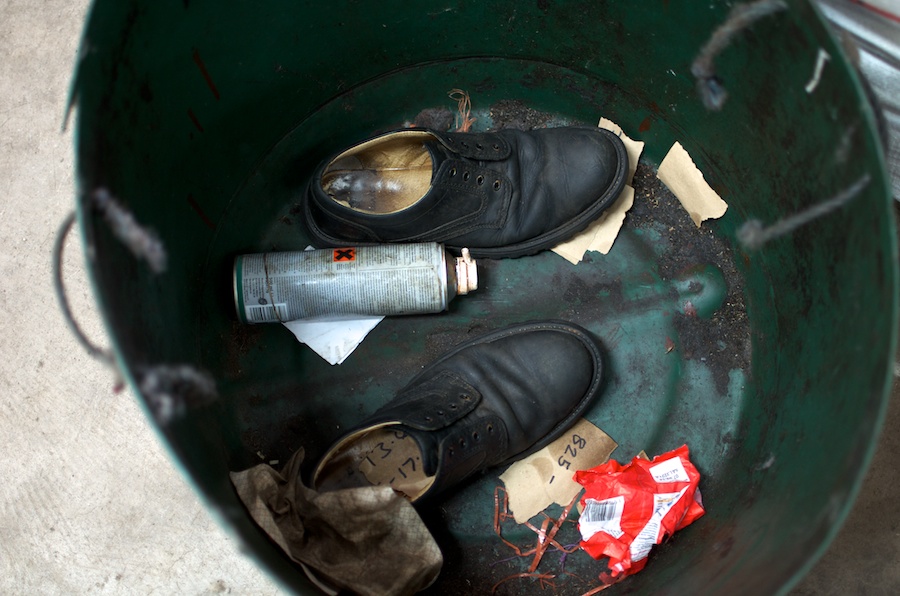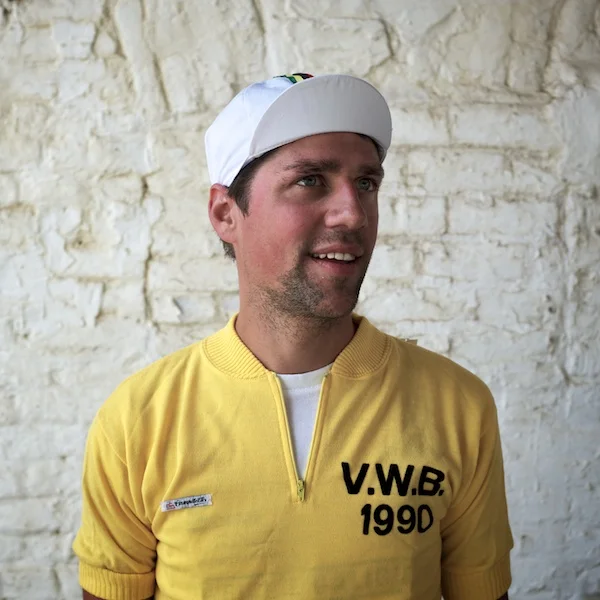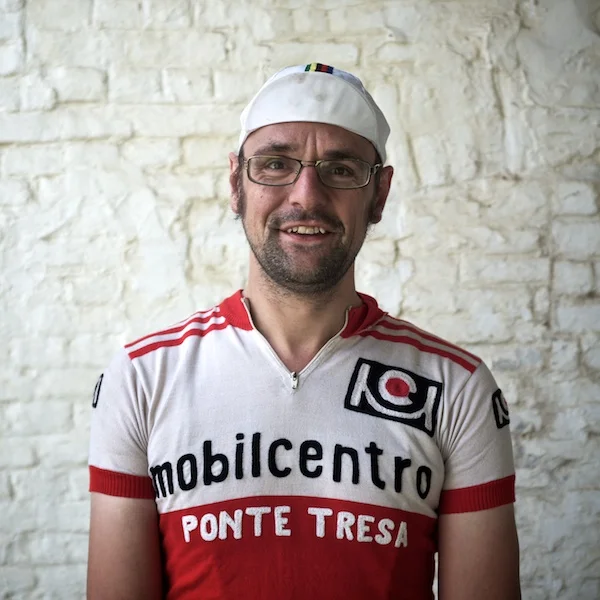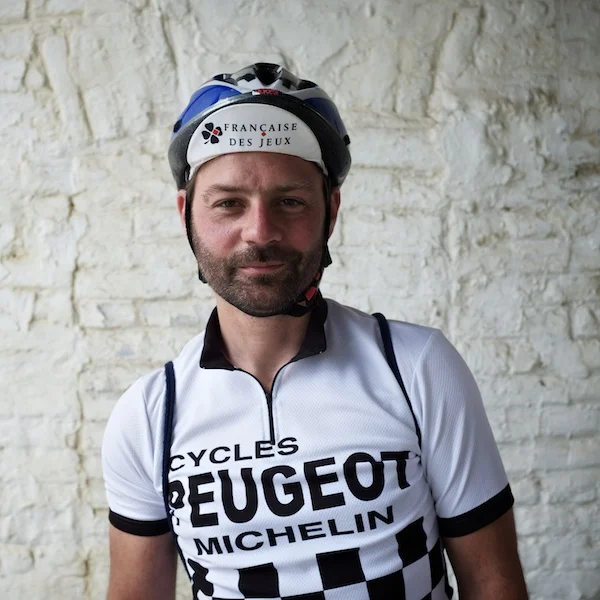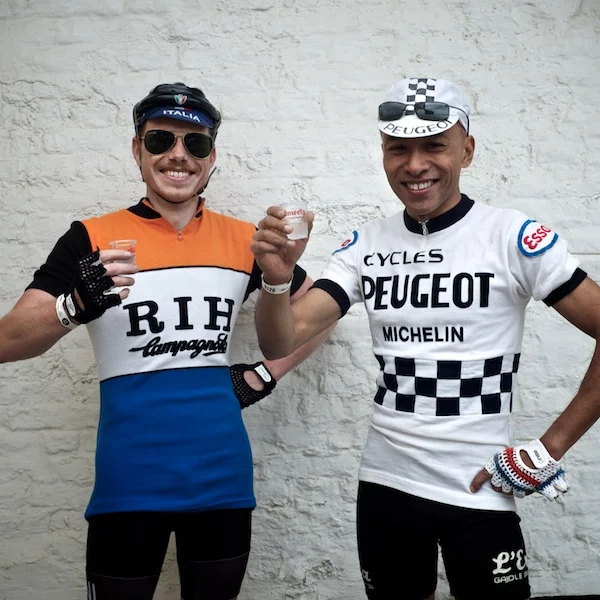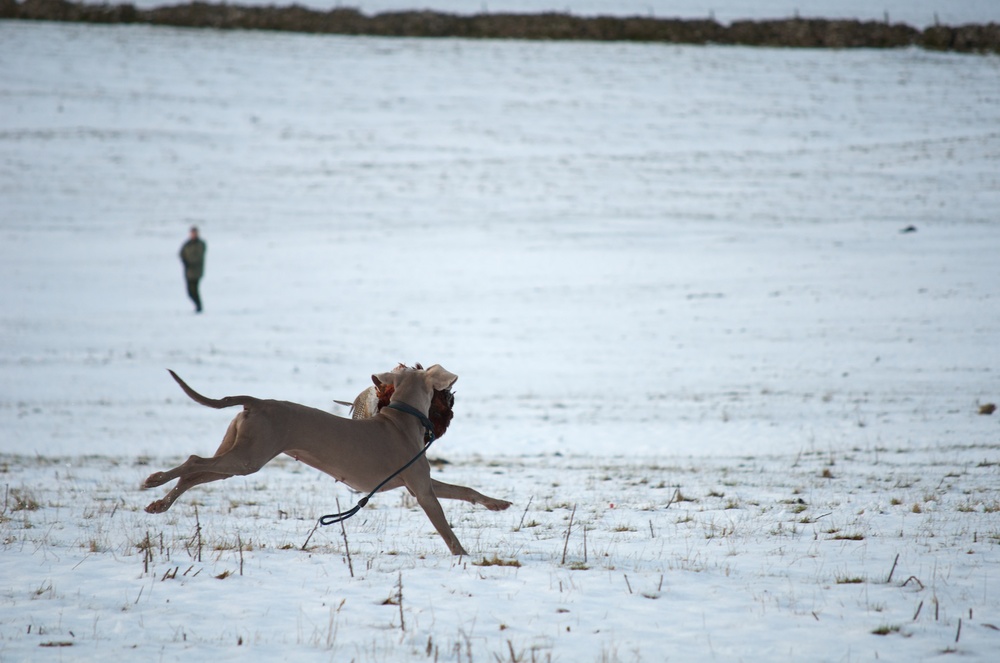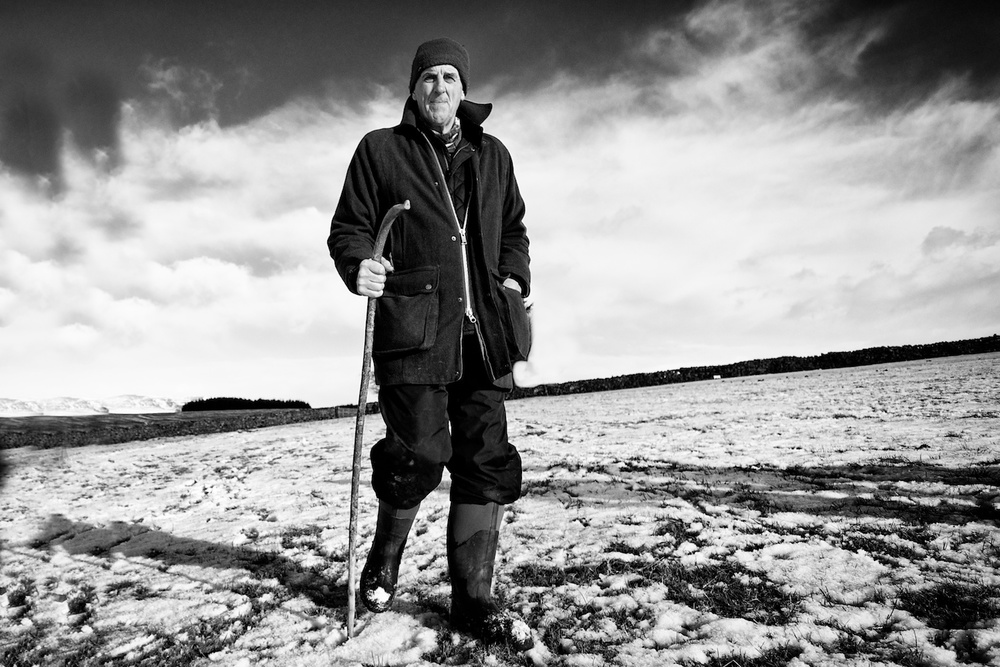So what did you do today?
a celebration of selflessness
Jeff Moses is Barrow Amateur Boxing Club’s coach.
It had been the best part of ten years since Jeff helped me out with a photography project by giving me access to the boxing club and I had promised myself that I would give him a couple of prints as a thank you.
In the Autumn of 2021 I finally caught up with him.
We met up on Walney Island where Jeff was working that day and we chatted about what each of us was up to. Jeff enthusiastically shared news about a new boxing project he was about to start. He invited me to come along ‘and bring your camera’.
So the following week I went along and was honoured to witness the beginning of something very special indeed.
This project and resulting book is the result of what I saw and experienced over the ensuing 18 months. The overriding theme which I witnessed again and again was that of ‘selflessness’.
“selflessness”
‘The quality of caring more about what other people need and want than about what you yourself need and want.’
YouthAbility Youth Service aims to “to empower and support young people and young adults to improve their opportunities in life and assist their social and emotional development in their transition to adulthood.”
Barrow Amateur Boxing Club was formed in 1961 and continues to provide facilites, coaching and support to amateur boxers of all ages.
In 2021 these two organisations created ‘Boxability’
Les McCleese who created and runs the YouthAbility charity explains :
“We have taken part in many partnership projects over the past 19 years but the Boxability project must be the most rewarding and successful to date. The project is unique to the area and demonstrates that any sport can be adapted to include all. The project’s main aim was to tackle mental health and integrate young people back into society after Covid. It has achieved this and much more. Young people that are not even interested in sport attend every week. We have seen the confidence and mental health of all participants improve dramatically. Working together with YouthAbility and BABC has also opened up other avenues for our young people, may it be taking part in community events or sign posting to other services.”
“YouthAbility is run mainly with volunteers with the support of a couple of experienced paid staff. These volunteers are mainly made up of parents that also have children with disabilities. Some work full time and are a full time carer for their children but always go out of the way to give up free time to support YouthAbility. Without these volunteers and staff there would be no YouthAbility or Boxability. They are the heart of the service.”
So for the best part of two years I kept in touch with Jeff and Les and their teams - visiting the gym and youth centre getting to know the members and having the privilege of taking their photos as they enthusiastically learnt the rudiments of boxing.
I offerred to create a photo book to celebrate the selfless work that I saw every time I paid a visit. The resulting book includes portraits of the members as well as the staff alongside their own thoughts about YouthAbility, Boxability and Barrow Amateur Boxing Club. There are also photographs of boxing events where the members demonstrated their skills in the ring.
Below are some images and text from the book.
YouthAbility Youth Services is based at Walney Community Centre on Walney Island.
Barrow Amateur Boxing Club is at Brook Street, Barrow in Furness.
Bradley B
“YouthAbility helps Bradley socialise as he is quite shy, joining in with group work and attending the various clubs allows him to build relationships that he would not have had the opportunity to do.”
“The boxing staff are amazing. They help the guys to look past their disabilities and look at their ability. Their ability to do anything they put their mind to.“
“I would be outraged if YouthAbility stopped. It is one of the very few clubs for people with additional needs.”
“I am very thankful for everything they do .”
Leah B - sister.
Daniel C
“I love coming as I like annoying people!”
“Staff are ok! Lol!”
Tuesday nights are Boxability nights.
Every Tuesday evening the YouthAbility members make their way to the BABC gym with their parents, carers and YouthAbility staff. The BABC team led by Jeff coach them in the rudiments of boxing using punch bags, pad work and sessions in the ring. Fitness training and a tug of war always play a part too.
The emphasis is on inclusion, independence, confidence building and enjoyment.
Jamie W
“ The best thing about YouthAbility is that they are always doing things and are great with members.”
“I love Boxability as it is good exercise and everyone is friendly and caring.”
Daniel G
“Coming to Boxability gets me out of the house and helps keep me active and having a chat with different people is good.”
“The staff are brilliant.”
Jemma Y
“I like attending the boxing sessions because it helps with different parts of my autism and I like seeing the improvement I’ve made week on week.”
“The staff at YouthAbility make me feel safe and reassured.””
Georgia T
Caitlin B
“I like showing people with disabilities that they can do boxing no matter what.”
“If Boxability stopped my life would be a lot different.”
Jack B
“YouthAbility is fun, I enjoy the music and dancing and they make me feel like I am a member of the team and included.”
“The Boxing team are fantastic and so patient.”
“ If YouthAbility ever ended I I would feel sad and so disappointed.”
“I want to say thank you to them.”
Kye S
Josh B
The following portraits were made at the Walney Community Centre during one of the weekly YouthAbility evenings.
“They make us feel welcome and safe and they all understand me.”
Chris B
“The staff are awesome, friendly and understanding.”
Jess B
In YouthAbility, we find delight,
A world of wonder, full of light.
With every step, we dance with glee,
And chase our dreams, wild and free.
The sun shines bright, the breeze is light,
And everything is just right.
We laugh and play, without a care,
And fill our lives with joy and flair.
The world is ours, to explore and claim,
And we do it all with grace and fame.
So let us embrace this time of life,
And make the most of every strife.
For YouthAbility is fun, you see,
And we are young, and wild, and free.
So let us cherish every moment we share,
And make our youthability last forevermore.
Lauren E
In early 2023 after a year of Boxability, the confidence of some of the members was such that they were able to demonstrate their skills in front of an audience at two premier boxing events - BABC’s annual charity boxing event at The Nines in Barrow and the Freemasons’ Boxing event at the Cumbria Grand Hotel in Grange. Both events were sell outs and prior to the start of the event proper the audience was treated to a display of pad work in the ring by some of the YouthAbility members.
Without doubt they got the best cheers of the night.
Most photography doesn’t matter. It is simply a record. Often a very pretty record but a record nevertheless. This photography project and book is my attempt to create something that matters. Whether I have been successful or not will be decided by the viewer and not myself. However regardless of that judgement I am indebted to Jeff and Les and everyone that I photographed for allowing me into their very special world. It was very humbling and very inspiring.
Fell Garage
no longer a part
Independent businesses play a significant part in the life of small towns and villages. The services that they choose to provide and the manner in which they choose to do so will influence the community in many ways.
Fell Garage was established by Mr and Mrs John Houghton before the 1st World War on the A6 at the south end of Shap village. As well as a dealership for Royal Enfield cycles they offered petrol and a car for hire.
Mr Houghton died in 1943 and the business was bought by Ben Sayer and Morland Woof who established motor repairs. They also ran lorries and a taxi. They and their family ran it until 1987.
The last owner was Brian Crisp. Fuel sales became less viable and therefore only repairs were offered. The garage closed in July 2018 following the death of Brian.
Fell Garage is no longer a part of the fabric of Shap village.
Holy Week
Belgian bike racing
The roads of Flanders in south west Belgium are to cyclists what Wembley turf is to footballers. Cycle racing is as important to Belgian sport fans as living and breathing . And if you are Belgian, the Ronde van Vlaanderen - a cycle race with a 100 year pedigree that criss crosses the region - is the grand daddy of all cycle races.
Beer, frites, mayonnaise and cobbles are important ingredients for The Ronde. Spectating can be tough work but those racing need to be as hard as nails just to be competitive on a course that is 260km long, takes over 6 hours and incorporates numerous cobbled climbs like the Oude Kwaremont, the Koppenberg and the ridiculously steep Muur.
It is difficult to appreciate how significant the race is. A few years back one of the cobbled climbs was 'improved' by the local council with a bit of tarmac. This made the front page in the National papers and the tarmac immediately removed. The legendary roads are sacred.
The Ronde is one of the 5 Monuments that are the annual bike races that every professional rider wants to win. The other 4 being the Milan-San Remo, the Paris Roubaix, the Liege-Bastogne-Liege and the Tour of Lombardy. To win a Monument is more important than winning the Olympic gold or the World Championships. If you win a Monument you will command respect for the rest of your life from your peers and all cycling aficionados.
In Flanders there are only two types of people. There are those who worship the Flandriens and there are the Flandriens themselves.
The Holy Week hosts the last few races which culminate with The Ronde.
The Worshippers will eat frites, drink beer and celebrate everthing that is Belgian bike racing.
The Flandriens will suffer.
The Flandriens
The Worshippers
The Solway Federation
A Rare Breed
In June 2012 I chanced upon the start of a pigeon race which led to me getting to know some of the members of the Springfield Homing Club who were good enough to give me an insight into their world.
Here's some extracts of words and photographs from the book I've produced entitled 'Rare Breed' in which I've documented my observations and thoughts on what I found.
It was reported in the local newspaper at the time that "the object of the Meeting was to discuss what steps could be taken for the formation of a Federation of Racing or Homing Pigeon Societies in the South West of Scotland". Representatives from Dumfries & Maxwelltown, Langholm, Annan, Lockerbie, Dalbeattie, Castle Douglas, Kirkcudbright, Wigtown and Whithorn Clubs and many individual fanciers were present.
The year was 1928. On the 11th of February at the Y.M.C.A. Institute in Dumfries eight pigeon racing clubs representing 200 members flying 1600 pigeons formed The Solway Federation of Racing Pigeon Societies.
Today eleven clubs make up the Federation, one of which is the Springfield Homing Club.
Fanciers
What turns men - and some women - into pigeon fanciers?
Should you inquire the answer isn’t for the money or the glamour but more likely for no other reason than ‘I’ve always done it’. If you push for more then you will get no clearer an answer. But if you watch and especially if you listen it is obvious. It’s family. It’s what you do. It’s what your father or your brother did. And on top of that there is also the thrill of the race. From the moment that the word goes out to say the race has begun the fancier wills his birds home until the first is sighted to be followed by a frantic rush to catch and stop the clock. That is why.
Race Marking
A pigeon race starts the evening before.
There are stories - and they are true stories - of fanciers who have moved house to improve their chances of winning a race. Then there are those that have tried to beat the system with deft of hand or clock fixing. Winning is important. And there’s the money. As in every sport that has ever had cash to win or bets placed there are always some tempted to stack the odds in their favour. But the many who are first and foremost pigeon fanciers will religiously uphold the rules that keep every bird in every race properly identified, logged, tracked and timed.
Race Marking, though is more than that. The routine is the same as it has always been but that has not resulted in a chore. There is comfort in the familiarity which allows the work to happen without needing much thought giving plenty of space for the serious business of catching up.
Cocks to the left, hens to the right.
The Wait
The wait is not a part of the plan but always happens.
As hectic and purposeful Race Marking is, what follows is a calm required by the wait for the arrival of the Convoyer which is travelling from Club to Club picking up the baskets on its journey south.
Being the most southerly of the Federation’s clubs, Springfield is the last pickup and so there is the inevitable pause in proceedings. Although there is clearly a palpable impatience to get finished and get home the wait generates space which gets filled with race talk, a bit of banter and more personal talk that can only happen between friends that go back a long way.
All talk stops on the arrival of the Convoyer.
The wait is important. It is important because it creates time.
The Liberation
Sandwiched by silence, the Liberation is an incredible few seconds of noise and energy.
There aren’t many women who drive a Convoyer full of birds out to the layby and keep them calm and watered overnight but Moira is one of them. Morning brings another wait. This one is more build up than wind down as she awaits the signal from the Race Controller which when it comes is followed by the release of an instinct that flies at 1218.100 yards per minute.
Racing pigeons are bred from January to April and will start the their first racing season in the July of the same year. Some race for up to six or seven years but half of that is more typical. Breeding a winner is as much an art as it is a science with pairing, feeding and training all playing a part. Fanciers each have their own methods and will protect their secrets and failures. After weaning at twenty four days the pigeons are exercised daily leading to basket training and being released or ‘tossed’ further and further from their loft to practice their homing instinct.
Eventually they will fly home from France
Race Day
Race Day is what it's all about.
Race Day is when the breeding, the training, the feeding and the good fortune either come together or are dashed by the vagaries of the weather or the hawks. Race Day is the time for another Wait - but this time rather than being followed by the reliability of the arrival of the Convoyer this Wait is followed by the unknown that is the time of the arrival of your first bird.
Race Day is either a day to remember or a day to take stock.
There is always another Race Day
Epilogue
Thirty years ago the Springfield Homing Club represented over thirty lofts. There are now ten.
In 2013 an auction of racing pigeons was held in Carlisle to raise funds for an Animals in War Memorial. The first bird promised was from H M The Queen
The People’s Dispensary for Sick Animals (PSDA) ‘Dickin Medal’ was instituted in 1943 to honour the work of animals in war. It is a bronze medallion, bearing the words "For Gallantry" and "We Also Serve" within a laurel wreath, carried on a ribbon of striped green, dark brown and pale blue. It is awarded to animals that have displayed "conspicuous gallantry or devotion to duty while serving or associated with any branch of the Armed Forces or Civil Defence Units". The award is commonly referred to as ‘the animals’ Victoria Cross’.
The medal was awarded fifty four times between 1943 and 1945 – including to thirty two pigeons – to acknowledge actions of gallantry or devotion during the Second World War. Several aircrews that ditched in the sea were saved owing to their location being communicated by the release of a homing pigeon.
Some today believe that pigeon racing is cruel and should be banned.
Nothing is perfect. Everything has its faults. There is however a need to weigh up what is good as well as what is imperfect before judging.
60 Degrees North
A family business
The Shetland Isles is an archipelago 120 miles north of the Scottish mainland and divides the Atlantic Ocean to the west from the North Sea to the east.
Jamieson’s of Shetland is a family owned business, which has specialised in wool from the native Shetland sheep for 5 generations. The family are dedicated to the survival of this unique fibre and as each new generation joins the business, this promotion becomes their life’s ambition.
The business was started in the early 1890’s. Set up by Robert Jamieson in Sandness, on the far west coast of the Shetland Isles. The mill completes all the stages of yarn production under one roof. This includes grading, scouring and dyeing fleece before colour blending, carding, spinning, twisting and balling to produce their 100% pure Shetland yarn.
Manufacturing is rarely glamorous and rarely fully understood by those who enjoy the end product. Here is an insight into the people and what is necessary to create Jamieson's yarn.
Retro Ronde
Hallowed Roads
The Hallowed Roads
The roads of Flanders in south west Belgium are to cyclists what Wembley turf is to footballers. Cycle racing is as important to Belgian sport fans as living and breathing. If you are Belgian, the Ronde van Vlaanderen - a cycle race with a 100 year pedigree that criss crosses the region - is the grand daddy of all cycle races.
Beer, frites, mayonnaise and cobbles are important ingredients for The Ronde. Spectating can be tough work but those racing need to be as hard as nails just to be competitive on a course that is 260km long, takes over 6 hours and incorporates numerous cobbled climbs like the Oude Kwaremont, the Koppenberg and the ridiculously steep Muur.
It is difficult to appreciate how significant the race is. A few years back one of the cobbled climbs was 'improved' by the local council with a bit of tarmac. This made the front page in the National papers and the tarmac immediately removed. The legendary roads are sacred.
The Ronde is one of the 5 Monuments that are the annual bike races that every professional rider wants to win. The other 4 being the Milan-San Remo, the Paris Roubaix, the Liege-Bastogne-Liege and the Tour of Lombardy. To win a Monument is more important than winning the Olympic gold or the World Championships. If you win a Monument you will command respect for the rest of your life from your peers and all cycling aficionados.
To celebrate all that the Ronde stands for there is now an annual bike ride for anyone who wants to test themselves against the same hallowed roads - and to accentuate the authenticity the ‘rouleurs’ must undertake the challenge on racing irons of pre 1987 vintage. ‘The Retro Ronde’.
These portraits were taken after 100 km of riding.
Pellicci's
Classic Cafe
332 BETHNAL GREEN ROAD, LONDON
From Time Out Jun 12 2012
'You go to Pellicci’s as much to dine on the atmosphere as the food. Opened in 1900, and still in the hands of the same family, this Bethnal Green landmark has an almost-opulent appearance that conjures up some mythical caff culture where the spoons were silver rather than greasy. The gobsmacking decor – chrome and Vitrolite outside, wood panelling with deco marquetry, Formica tabletops and stained glass within – earned the café a Grade II listing in 2005.
The food (steadfastly everyday) is prepared with pride by Mama Maria, queen of the kitchen since 1961. Her children, Anna and Nevio Junior, serve it up with a wink. You might wonder at how the staff are on first-name terms with so many customers, until they start using yours. It’s this vibrant welcome (and occasional mickey-taking) that makes the place so special. Recommended are the fry-ups, spaghetti ‘Toscana’, Friday fish ’n’ chips, and desserts from bread pudding to Portuguese pasteis de nata.'
I had to pay a visit and yes, it is exactly as described.


